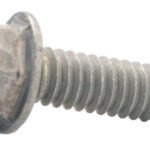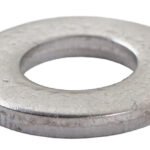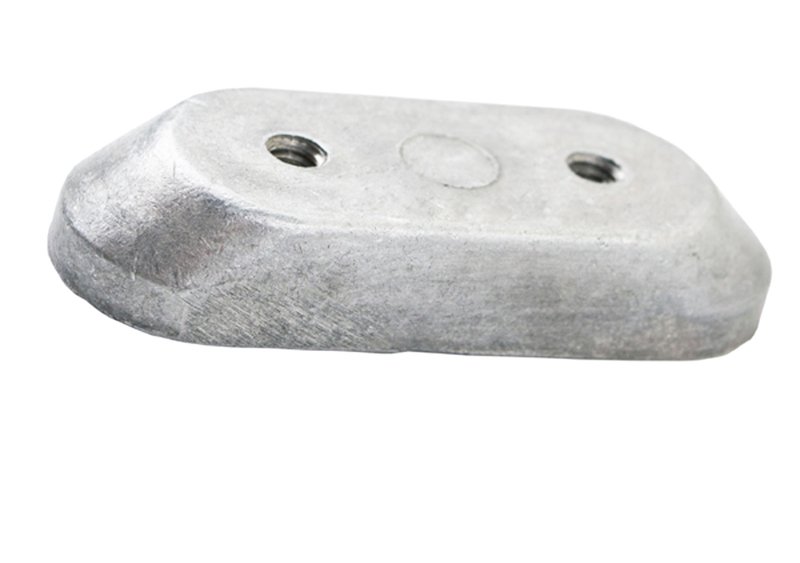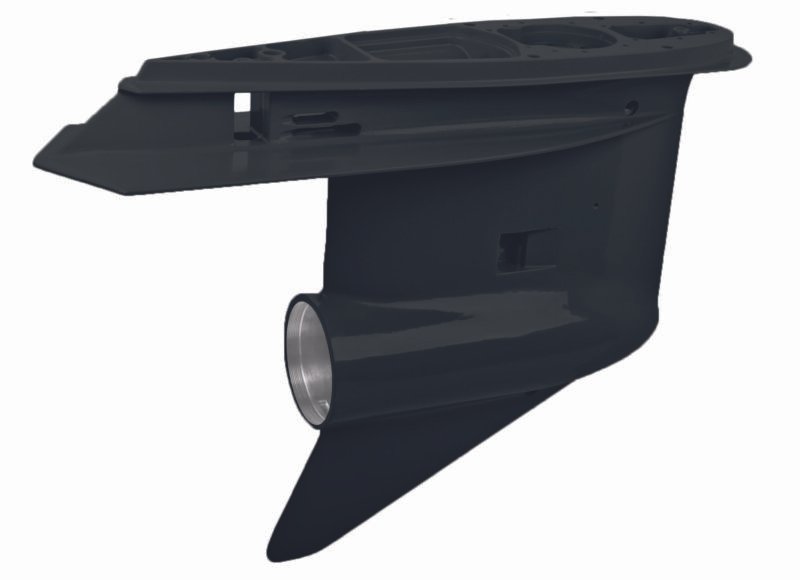
BOLT
March 20, 2024
LOCK WASHER
March 20, 2024
Description
- Function: The primary function of an anode is to protect metal structures or components from corrosion by acting as a sacrificial electrode. It corrodes instead of the protected metal, thereby extending the lifespan and maintaining the integrity of the structure or component.
- Design: Anodes are typically made from highly active metals or alloys such as zinc, aluminum, or magnesium, which have a higher tendency to corrode than the protected metal. They are often shaped as rods, plates, or bars and are connected to the metal structure or component to be protected through electrical wiring or bonding.
- Installation: Anodes are installed in close proximity to the metal structure or component to be protected, ensuring adequate electrical contact and coverage of the protected area. They can be bolted, welded, or clamped onto the structure, depending on the specific application and design requirements.
- Operation: When exposed to the electrolyte (e.g., seawater, soil, or industrial fluids), the anode corrodes preferentially, releasing electrons into the surrounding medium. This process creates a protective electrical current that flows to the protected metal, preventing or significantly reducing its corrosion rate.
- Materials: Anodes are typically made from high-purity metals or alloys selected for their corrosion resistance and electrochemical properties. Zinc is commonly used for marine applications, while aluminum and magnesium anodes are often used in industrial and underground structures, respectively.
- Applications: Anodes are widely used in various industries and applications, including marine structures (e.g., ships, offshore platforms), pipelines, water heaters, storage tanks, bridges, and underground infrastructure (e.g., pipelines, storage tanks). They are essential for protecting critical assets from corrosion in harsh environments.
- Maintenance: Anodes require periodic inspection and replacement to ensure continued protection of the metal structure or component. The rate of anode consumption depends on factors such as the size of the anode, the corrosivity of the environment, and the effectiveness of the cathodic protection system.




